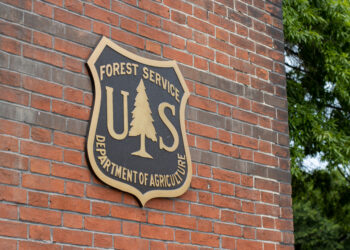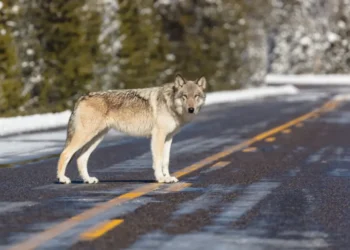By Alanah Griffith EBS COLUMNIST

Hello Rep. Readers! Thank you for joining me in volume two of my odyssey in the State Legislature. I was told it was a lot of work, but I had no idea that I would be up at 5:00 a.m. and not back to my home away from home until well after 8:00 p.m. every night. Thank you for your encouragement, well-wishes and most importantly, your questions and concerns regarding bills that are coming before the House.
I think the most hopeful thing I am finding is the working relationships that I am establishing across the aisle. Most of us are here because we care about Montana. While we may not agree on what the concerns are or how to address those concerns, most everyone is working here with the belief that they are trying to help. By understanding this, and working from a place of trying to meet them where they live, work and think, I believe we can bridge the gap on some issues for West Yellowstone, Big Sky and the Gallatin Gateway area.
To show that we are able to do that, I have some positive news for Big Sky and West Yellowstone! HB 162—which adds affordable housing to the definition of the 1% resort tax for infrastructure—has passed the second reading of the house 86 for 14 against. One last vote tomorrow (Jan. 31), and this bill will be on its way to the Senate.
So, this brings us to the next stage of your journey with me, “How does a bill get passed?” For all of those my age, you have probably started singing the beloved Schoolhouse Rock cartoon “I’m just a bill. Yes, I’m only a bill…” And yes, it is something similar to what was outlined in that song.
In Montana, bills are introduced by a legislator. A bill is first introduced in a committee. House bills go to a house committee and Senate bills to a senate committee. This is the only time that the public gets to personally weigh in on the bill, so for all of you this is the most important part. It is called the first reading of the bill.
The legislators on the committee listen to the proponents and opponents of each bill. Some are representing an entity. Some are just there to testify on something important to their life. Anyone can testify! And yes, I mean each and every one of you. You can even appear online by signing up the day before the hearing. At the end of the testimony we, the legislators, get to ask the people who testified questions about their testimony and the bill. At the close of the questions, we set the bill for a hearing, which we call E.A.
At E.A., also called first reading, the legislators voice their opinions about the bill, propose any amendments and then vote on the bill. If the bill is tabled or does not receive enough votes to pass, it stays with the committee. If it receives more than 50% of the votes, then it proceeds to the floor, which is the meeting of all of the legislators. The House and Senate meet every day in their own chambers at 1:00 p.m. to argue each bill. The public is welcome to show up to watch during this stage.
At the floor session, the bill goes through second reading. During this time, the entire body argues about the bills, makes amendments and votes. Like first reading, if the bill receives 51% or more of the vote, it passes onto the third reading, or if the bill will cost money, it goes to appropriations. If the bill comes back from a vote in appropriations or does not go to appropriations, then it is set for third reading.
Third reading is typically the next day (unless it goes to appropriations). For this vote, there is no argument and no speeches, we just vote. It is fast, furious and sometimes (based on negotiations during the night) a huge surprise to some. If a bill makes it through that entire process, it goes to the other chamber (Senate or House), to see if it can make it through the same process on the other side. This includes another committee hearing with public participation! If it is amended on the other side, it has to come back to the original chamber for a vote.
If the bill goes through all of that, it goes to the governor. The governor will either sign the bill, veto the bill, or allow it to become law by not signing it or vetoing it for 10 days. And that is the story about a Montana bill.
As always, it is an honor to serve each and every one of you. If you are curious, here are some of the bills that affect West Yellowstone, Big Sky and Gallatin Gateway people working through the legislature right now. Feel free to contact me if you’d like more information.
Medicaid: HB 245 Repeals the Sunset to allow Medicaid to continue in Montana. This made it out of committee and is heading for second reading in the House.
Wolves: HB 176 and HB 222, both open up the hunting of wolves. HB 222 died at second reading today. HB 176 will be heard on the floor for second reading on Jan. 31.
Insurance: One probably not on your radar, but should be is HB 136. This will allow insurance companies to give you a discount for adopting fire-wise measures on your property.
Alanah Griffith was born in Big Sky and returned after law school to raise her son and practice law. Griffith represents Big Sky and the surrounding area in Montana’s House of Representatives. She can be reached by email at alanah.griffith@legmt.gov, on Facebook and on Instagram at, @griffithformt.














